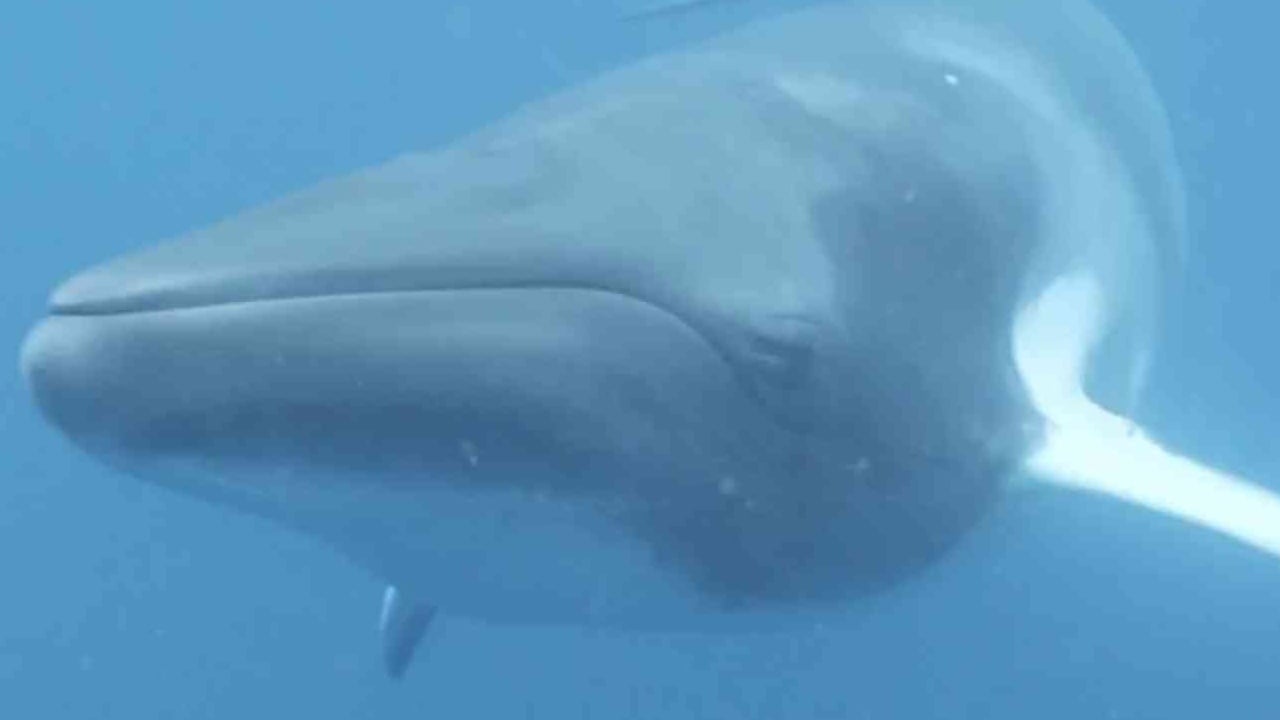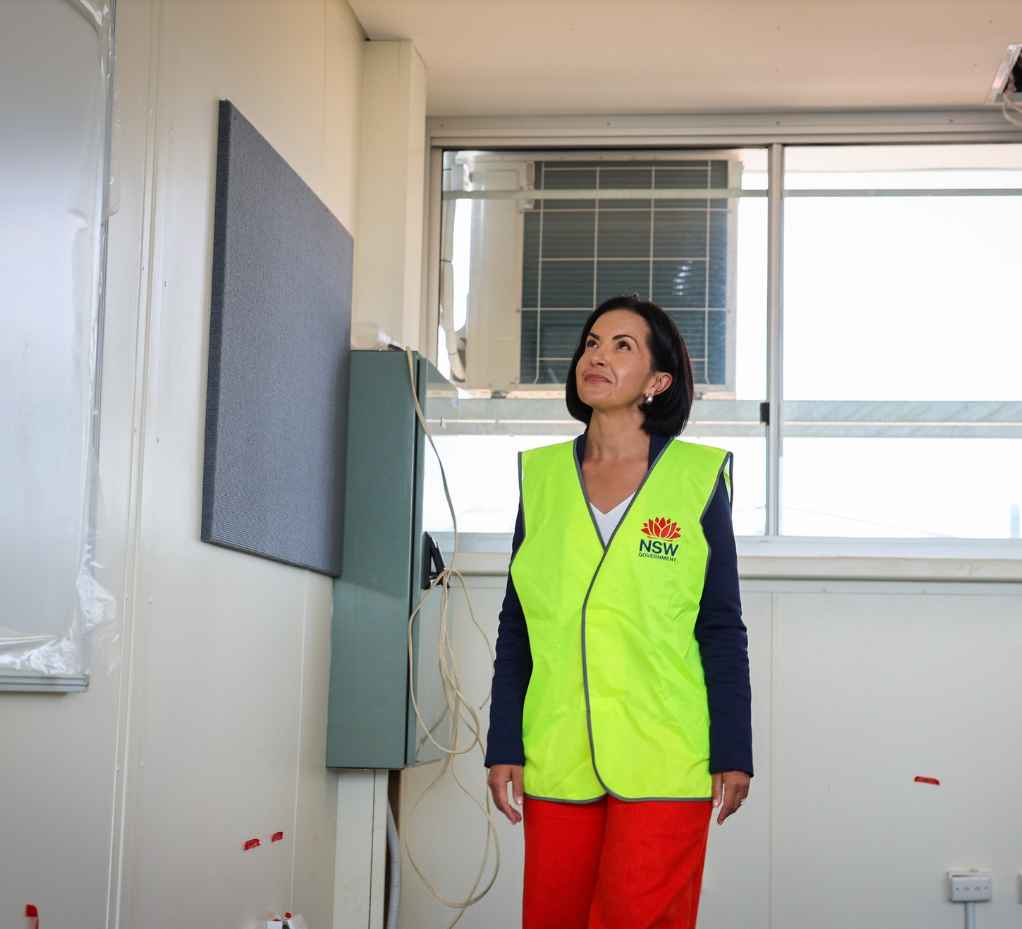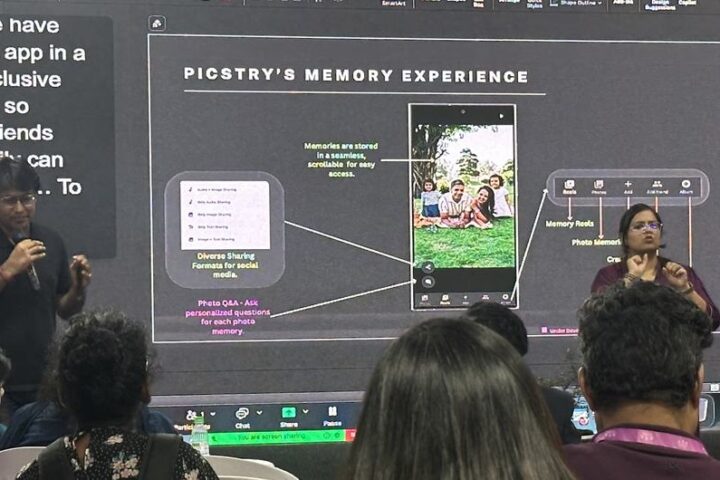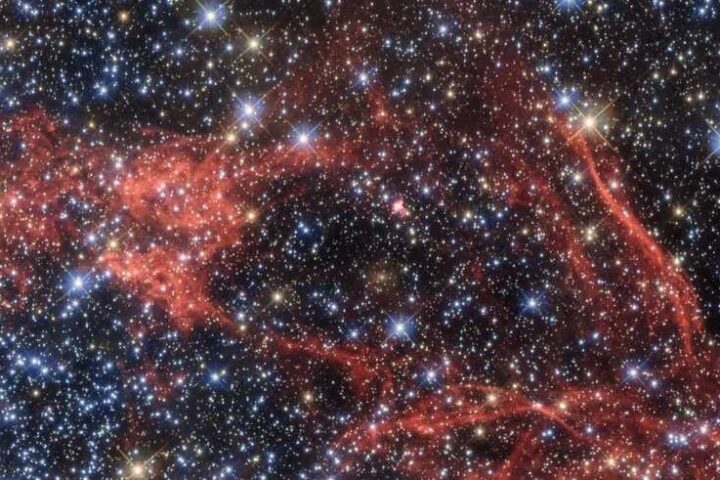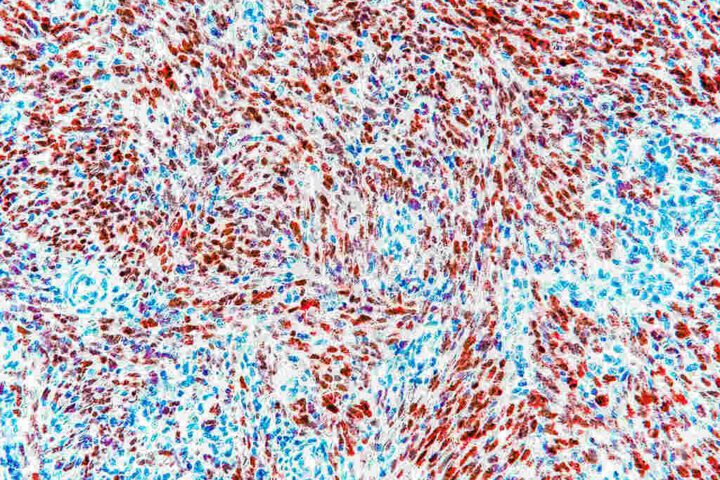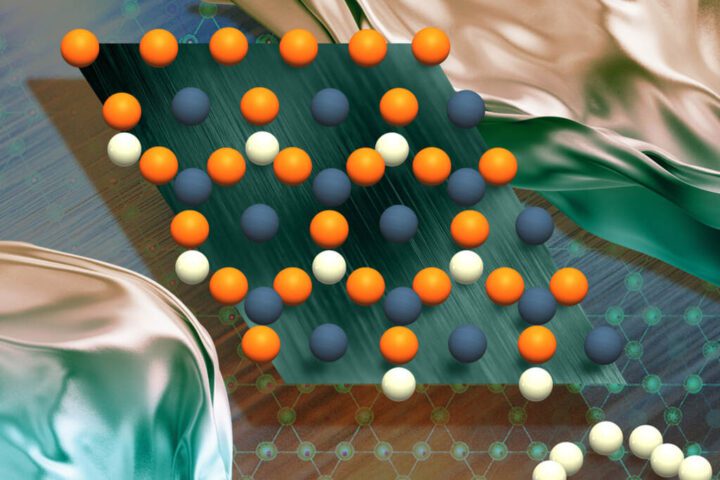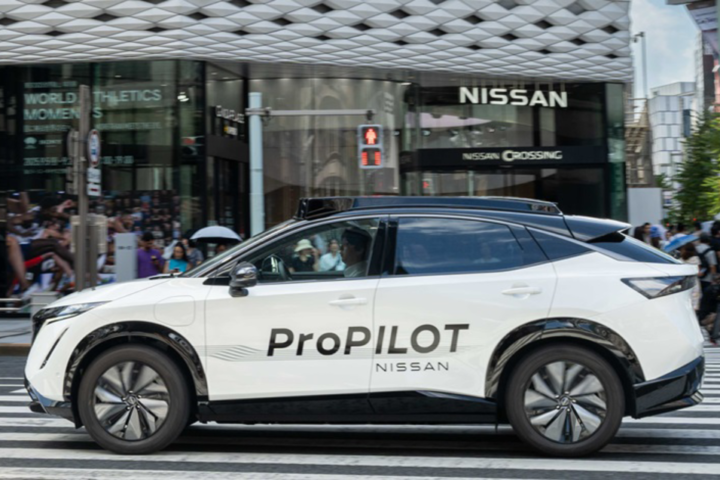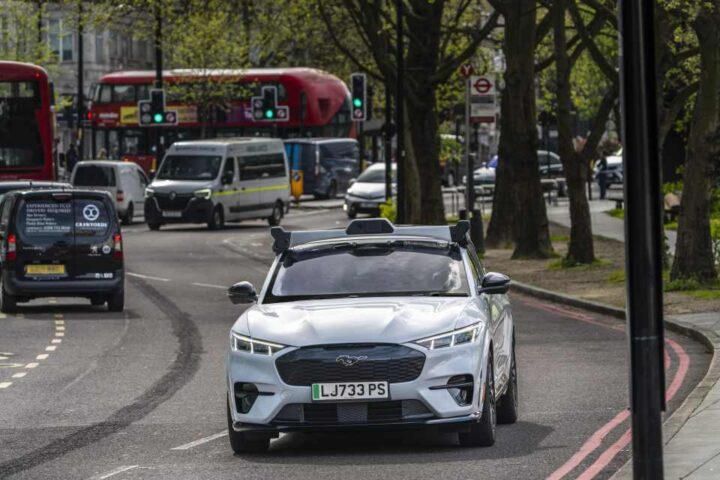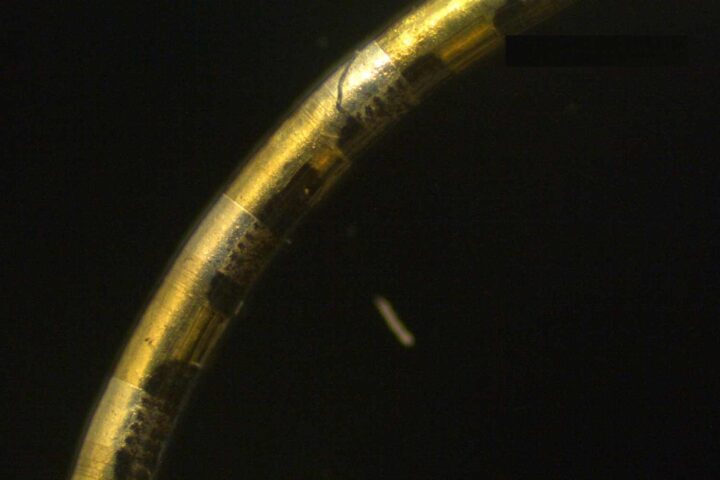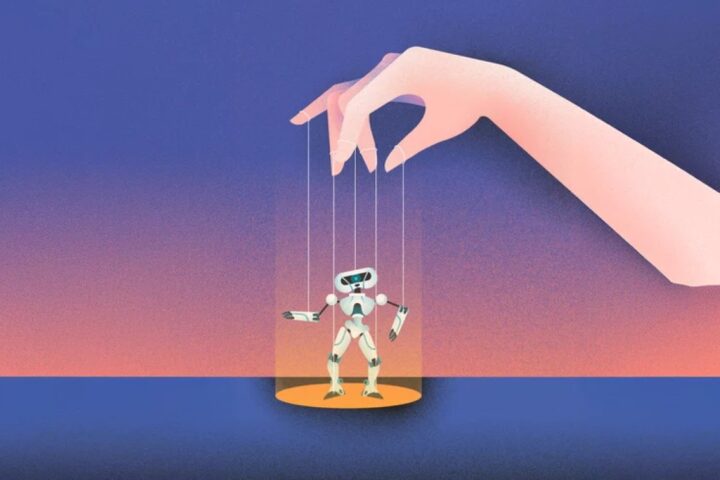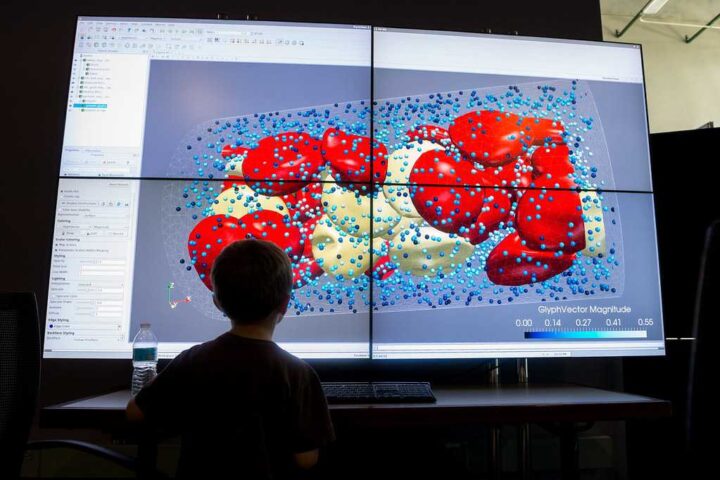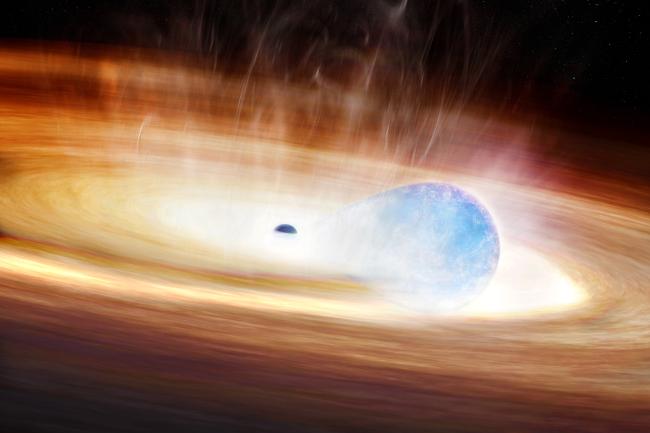A 22-year-old student has built a new AI tool that listens for whale sounds underwater to help protect threatened minke whales.
Oscar Mower, who studies commerce and engineering at the University of Sydney, trained his machine-learning model to recognize the unique calls of minke whales. These marine mammals make distinctive sounds including low “downsweeps” and unusual “boings” that the AI can detect.
“Minke whales are notoriously elusive,” Mower said. “They’re fast, deep divers, so we don’t know much about their migration patterns. To protect them, it’s essential that we understand where they are.”
The tool works by analyzing recordings from hydrophones – underwater microphones placed in Arctic, Asian, and US waters. These devices already exist as part of marine infrastructure used for research and conservation.
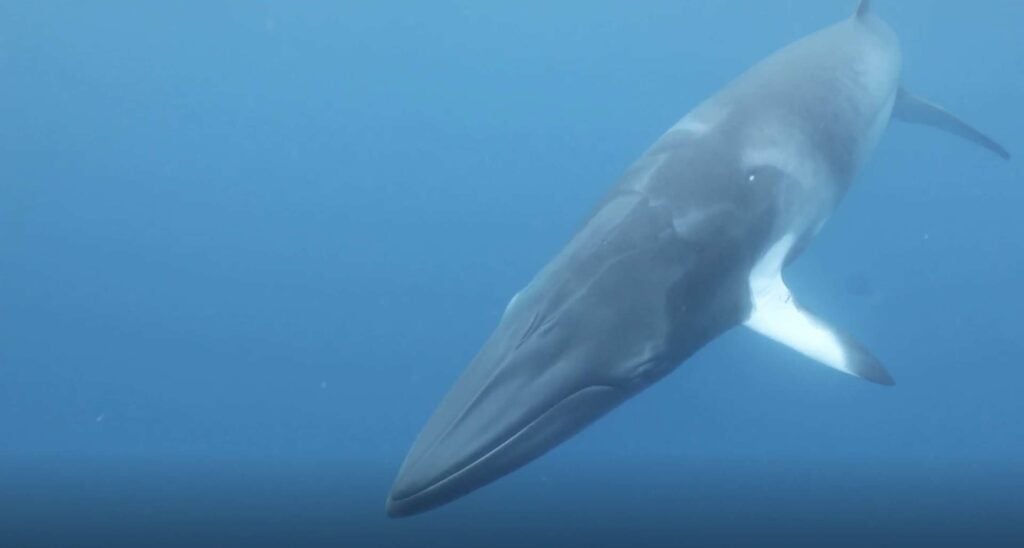
Before this technology, scientists had to spend weeks manually sorting through thousands of hours of ocean recordings. Mower’s AI can now detect minke whale songs in real time, making protection efforts much more effective.
When the AI spots a whale, it can send immediate alerts to nearby ships. “Using the model, the hydrophone would detect and then alert a ship that a minke is close by,” Mower explained. “The ship could then reduce its noise output or avoid the whale’s territory.”
Similar Posts
This real-time detection has several practical uses. It could help create marine protection zones where whaling and fishing are banned. It might also improve planning for offshore drilling projects to prevent disturbing the whales with loud underwater noise.
Common minke whales face serious threats despite their numbers. They remain targets for commercial whalers and often get caught accidentally in industrial fishing nets. Recent years have seen unexplained mass strandings of these whales.
“Minke whales are under real and increasing threat,” said Sea Shepherd Australia managing director Jeff Hansen. “It’s fantastic to see machine learning being used to enhance conservation efforts.”
Mower developed this technology during a six-month industry placement with Accenture through the University’s Engineering Sydney Industry Placement Scholarship. His work used acoustic data from the US National Marine Fisheries Service (NOAA Fisheries).

Professor Stefan Williams, who supervised the project, praised its impact: “Oscar’s work demonstrates AI’s potential to drive positive change and shows how digital technologies can be harnessed for conservation.”
For Mower, this project connects to a childhood passion. He became interested in whales during family whale-watching trips in Queensland and hopes to continue using his technical skills for environmental causes after graduation.
